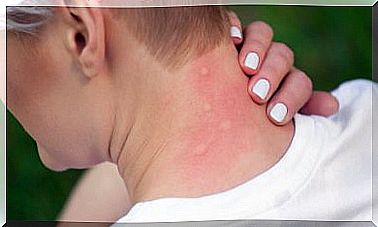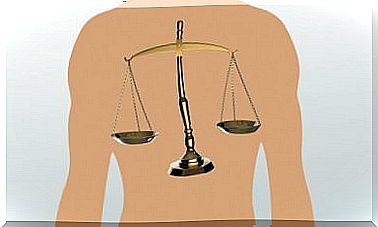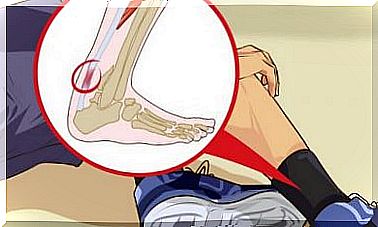Treatments For Vascular Lesions
Today, laser technology is the gold standard for the treatment of vascular lesions. It has left practices such as sclerotherapy far behind, which consists of injecting a solution into the vessel to be treated.
The post treatment of the latter requires more care than those that are carried out today after a laser session. Are you interested in knowing more about it? Next we will talk about the benefits that the laser has brought for various skin pathologies.
Causes of vascular injuries
Almost all people have some type of skin spot manifestation on their body. These lesions can be vascular or pigmentary. They are the accumulation of blood vessels that are caused by various factors, such as those discussed below:
- Sun damage.
- Skin’s own aging.
- The intake of some type of medicine.
- State of pregnancy.
- Congenital causes.
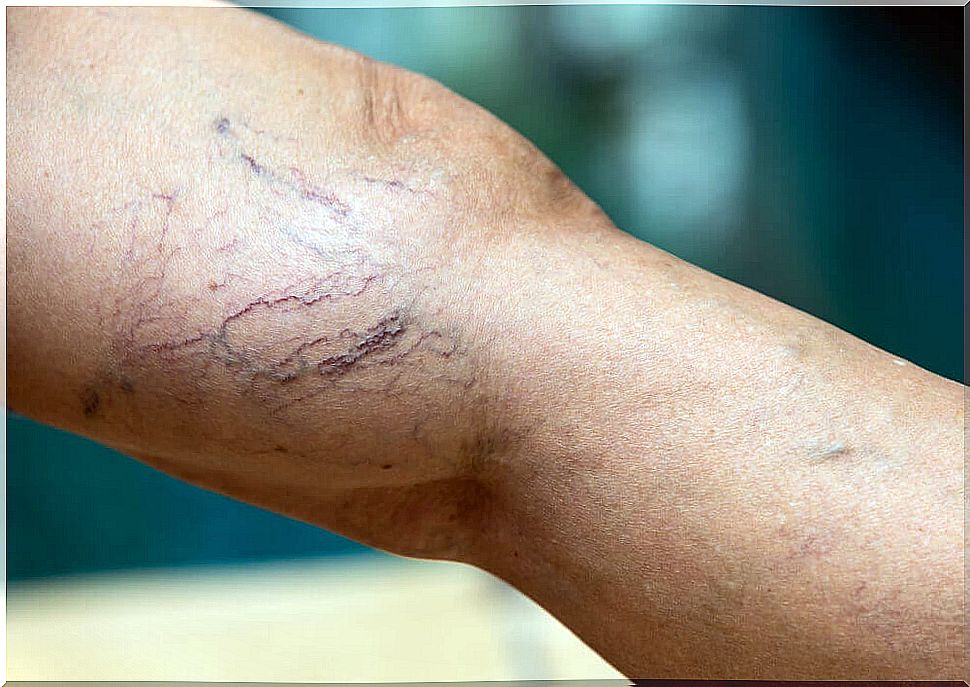
How do lasers work against vascular lesions?
Thanks to the arrival of the vascular laser and its constant improvement, patients have been allowed to improve their quality of life by providing non-ablative and outpatient treatments.
Laser technology is based on the principle of selective heating and subsequent closure of blood vessels. This heat is produced by the transformation of the energy that caused the absorption of the light emitted by the laser.
It allows treating these types of injuries with great precision and safety, by reducing or eliminating them, without damaging the surrounding tissue. Complete removal of the treated lesion may take several months. It depends on the size and extent of the vascular pathology, and the number of blood vessels treated.
Vascular lesions possible to treat
- Port wine stains.
- Telangiectasias.
- Hemangiomas.
- Erythema.
- Poikiloderma of Civatte.
- Venous lakes.
- Ruby nevus.
Vascular lesions, varicosities or also called spider veins, which occur mainly in the lower limbs, are a pathology that is frequently observed in adults. Women present them more frequently and, for aesthetic reasons, they are the ones who attend the consultation with the professional.
You may be interested: Treatments for varicose veins
Main advantages of using lasers
- Non-surgical, minimally invasive treatment. This means that direct contact with the area to be treated is not necessary.
- Very fast, in just 30 minutes of session.
- Safe and effective for such a common aesthetic problem.
- It does not disable the patient to perform their usual tasks and can put on makeup if required.
- It is not necessary to apply compression bandages on the intervened area.
- In the same session, the entire leg or the entire body can be treated.
- It has a low risk of hypopigmentation by interfering very little with melanin.
Are there any side effects?
It does not usually have complications, but the main side effects are usually the presence of first and second degree burns, which disappear without leaving any sequelae in a period of two to three weeks.
Those hemosiderotic pigmentations will require more time and sessions for their disappearance but, in the same way, they are eliminated over time.
After the session, a slight edema or erythema can be observed on the skin as a result of medical practice. Both disappear in a short time.
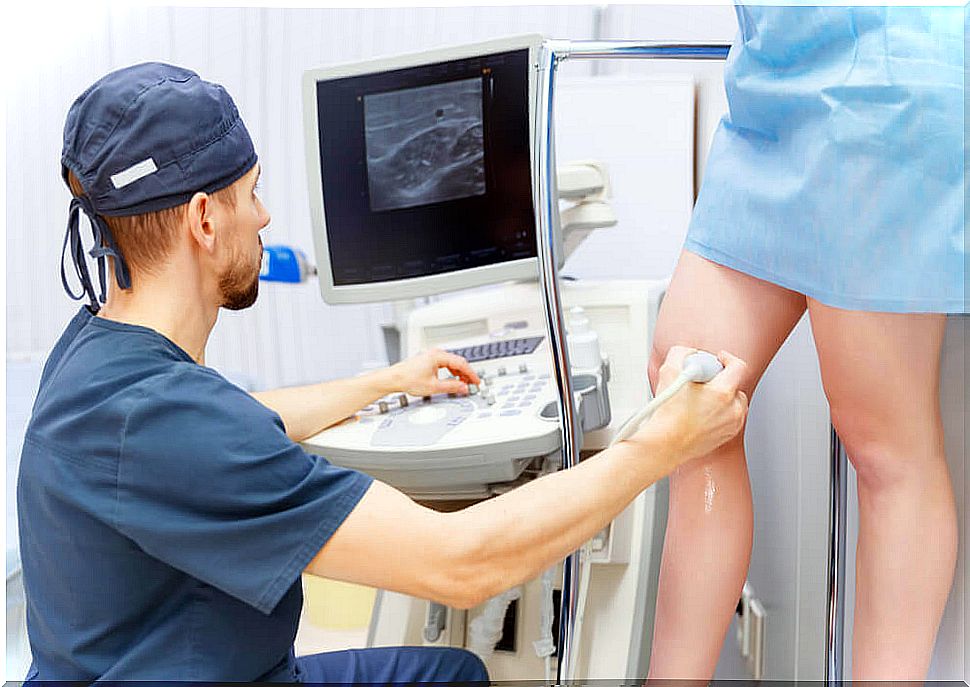
Is the treatment painful?
During the procedure, the patient may feel mild discomfort, which can be avoided with the prior placement of an anesthetic cream in the area.
Post-session recommendations
- Allow a reasonable time of 3 to 4 weeks before performing the treatment if the patient has been exposed to the sun in recent days.
- Ideally, do not wear tight clothing.
- Do not expose yourself to very hot showers, swimming pools, stoves, saunas, or do physical exercise in the hours prior to the procedure. This will prevent vasodilation.
- Do not expose yourself to the sun, and if you do, use a high sun protection factor until the area of the treated lesion recovers its normal hue. Nor is it advisable to expose the treated skin to the sun, without proper photoprotection, during the first summer after the treatment.
It must be borne in mind that it is not a definitive treatment in itself, since if you maintain bad habits, have a genetic predisposition or lead a sedentary life, among other factors, it is very likely that new vascular lesions will arise.


